
Throughout the ages, brilliant minds have paved the way for humanity’s understanding of the natural world. These scientists have unraveled mysteries, discovered fundamental truths, and advanced our knowledge in ways that have shaped the course of history. Join us on a journey through time as we explore the lives, discoveries, and lasting impacts of the 10 most important scientists in history.
1. Isaac Newton
(1643-1727)
The Laws of Motion and the Law of Universal Gravitation
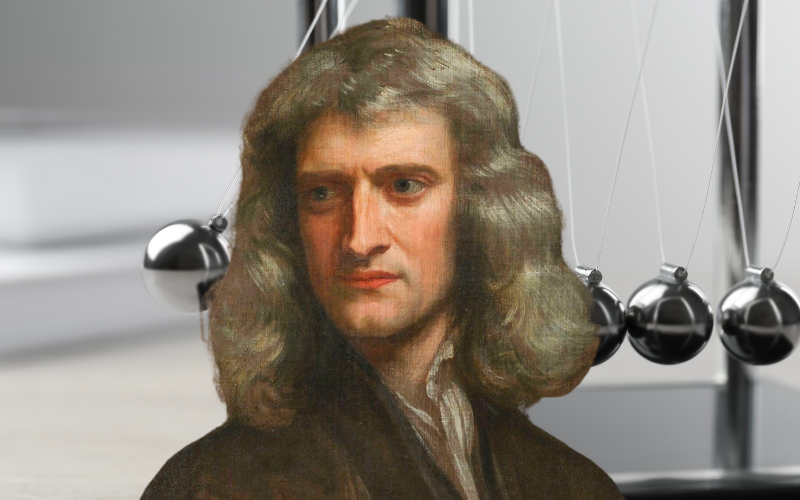
Isaac Newton’s remarkable contributions to the field of physics reshaped the way we perceive the natural world. His groundbreaking work on the laws of motion and universal gravitation not only introduced new theories but also provided a comprehensive framework that unified various phenomena observed in the universe. Through his monumental work “Philosophiæ Naturalis Principia Mathematica,” Newton presented his laws of motion and the law of universal gravitation, which explained how objects interact with one another through forces and how these interactions result in the motion we observe.
One of the most profound aspects of Newton’s achievements was his ability to mathematically describe the fundamental forces governing the motion of celestial bodies. By applying mathematical principles to the physical world, he established a solid foundation for modern science that transcended disciplines. His laws of motion laid down a framework for understanding the dynamics of objects, while his law of universal gravitation provided insights into the force that binds planets, moons, and stars together in a harmonious dance across the cosmos.
Perhaps the most transformative aspect of Newton’s work was the concept of a unified natural law. Prior to his insights, the physical world was often seen as a disparate collection of phenomena, lacking a unifying explanation. Newton’s laws demonstrated that the same principles applied on Earth also governed the motion of celestial bodies. This idea of a universal law challenged previous paradigms and inspired a new era of scientific exploration, driving researchers to seek underlying principles that could explain various phenomena across the spectrum of natural phenomena.
2. Albert Einstein
(1879-1955)
The Theory of Relativity
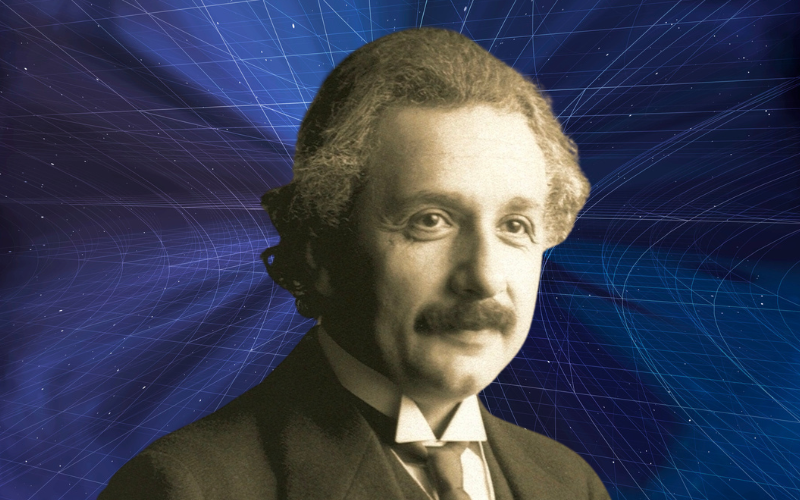
Albert Einstein’s theory of relativity stands as a monumental milestone in the realm of physics, profoundly reshaping our comprehension of the universe’s fundamental principles. This groundbreaking theory, which encompasses both the special and general theories of relativity, ignited a paradigm shift that upended classical concepts of space, time, and gravity.
Einstein’s revolutionary insights tackled the very fabric of reality, introducing the concept that the laws of physics remain consistent for all observers, regardless of their motion. His special theory of relativity, introduced in 1905, unveiled the intricate interplay between time, space, and velocity. It shattered the traditional notions of absolute space and time, replacing them with a unified spacetime framework that elegantly incorporated the concept of relative motion.
However, Einstein’s crowning achievement, the general theory of relativity presented in 1915, marked an even greater revolution. This theory introduced a novel interpretation of gravity as the curvature of spacetime caused by mass and energy. This profound concept redefined our understanding of how massive objects interact with one another, challenging the long-held gravitational principles set forth by Isaac Newton.
At the heart of Einstein’s general theory of relativity lies his iconic equation, E=mc². This equation unveiled the intrinsic connection between energy and mass, revealing that even small amounts of mass can be converted into vast amounts of energy. This insight not only elucidated the inner workings of nuclear reactions but also laid the groundwork for future breakthroughs in particle physics and quantum mechanics.
3. Marie Curie
(1867-1934)
Investigation of Radioactivity: Identification of Polonium and Radium
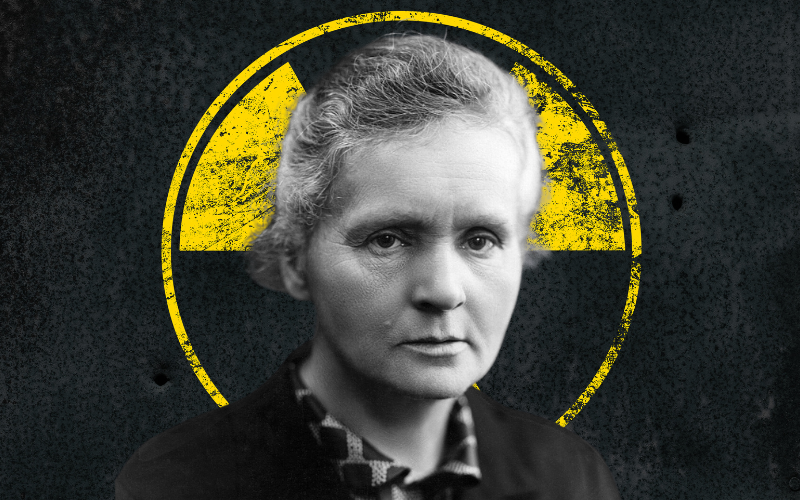
Marie Curie, a luminary in the world of science, left an indelible mark through her groundbreaking investigations into radioactivity. Her relentless pursuit of knowledge led to transformative discoveries, including the identification of the elements polonium and radium. These accomplishments not only revolutionized our understanding of atomic physics but also catalyzed advancements in nuclear medicine that continue to shape the course of medical science.
In an era when women in science faced formidable barriers, Marie Curie’s unwavering determination and intellectual brilliance propelled her into uncharted territory. Her pioneering efforts led to her becoming the first woman to be awarded a Nobel Prize, winning it twice in two different scientific fields. Her tenacity and accomplishments stand as an enduring inspiration, a beacon of possibility for countless women following in her footsteps.
Marie Curie’s investigations into radioactivity laid the foundation for nuclear physics, revealing the complex behaviors of atomic particles and their emissions. Her discovery of new elements opened up new avenues of research, fueling innovative applications in both scientific and medical contexts. Notably, her work served as the bedrock for modern radiation therapy, which has transformed cancer treatment and saved countless lives.
Read More Fun Facts
Learn more fun facts with Trivia Mastermind content.
4. Galileo Galilei
(1564-1642)
The Heliocentric Model
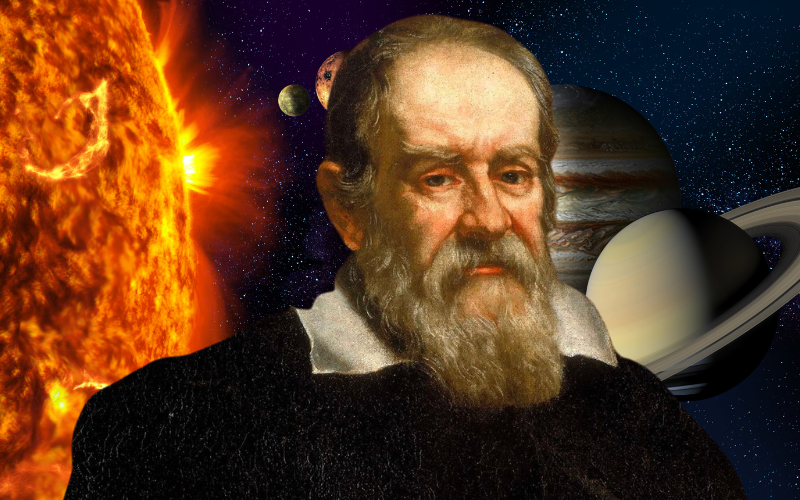
Galileo Galilei, a visionary astronomer and physicist, wielded the telescope as a tool to unveil celestial truths that shattered prevailing notions of the cosmos. His pioneering observations furnished compelling evidence in favor of the heliocentric model, which proposed that Earth and other planets revolve around the Sun, fundamentally challenging the geocentric worldview entrenched for centuries.
By meticulously observing the heavens through his telescope, Galileo not only discerned the phases of Venus, supporting the heliocentric theory, but he also unveiled the enigmatic moons of Jupiter, demonstrating that celestial bodies could orbit planets other than Earth. These remarkable findings catalyzed a seismic shift in our understanding of the universe and profoundly altered the trajectory of scientific thought.
Galileo’s unyielding pursuit of empirical evidence and his bold stance on heliocentrism brought him into direct conflict with the established authority of the time. He faced persecution from religious and academic circles for his revolutionary ideas. Yet, his steadfast commitment to the scientific method and the pursuit of truth has since solidified his legacy as a scientific luminary.
Beyond his contributions to heliocentrism, Galileo’s studies of motion and mechanics laid the groundwork for Isaac Newton’s later work on the laws of motion and universal gravitation. Galileo’s methods of inquiry and the merging of empirical observation with mathematical analysis became a hallmark of the scientific revolution, reshaping how scientific investigations are conducted.
5. Charles Darwin
(1809-1882)
The Theory of Evolution by Natural Selection
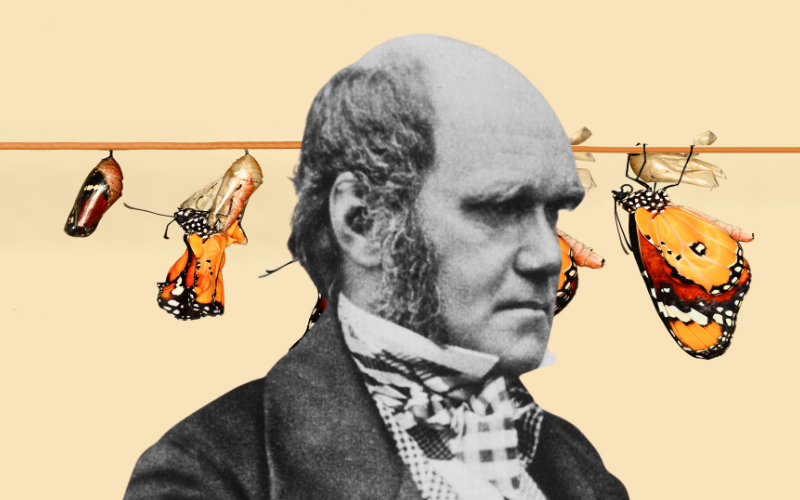
Charles Darwin’s theory of evolution by natural selection stands as a cornerstone of modern biology, profoundly reshaping our comprehension of life’s intricacies. His seminal work, “On the Origin of Species,” published in 1859, presented a revolutionary perspective on the mechanisms driving the diversity of life on Earth.
Darwin’s theory postulated that species evolve over time through a process of natural selection, where traits favorable for survival and reproduction are passed down, gradually shaping populations over generations. This groundbreaking insight challenged the prevailing beliefs of the time and sparked intellectual and philosophical debates that persist even today.
His observations during his voyage on the HMS Beagle, especially those on the Galápagos Islands, laid the empirical foundation for his theory. By studying variations among species and their adaptations to different environments, Darwin discerned the intricate interplay between organisms and their surroundings.
The publication of “On the Origin of Species” set off a firestorm of discourse, touching upon theology, ethics, and the very essence of humanity’s place in the natural world. The debates that ensued, often characterized as the “Darwinian Revolution,” not only revolutionized biology but also triggered far-reaching discussions on science, religion, and societal values.
6. Nikola Tesla
(1856-1943)
Electricity and Wireless Communication
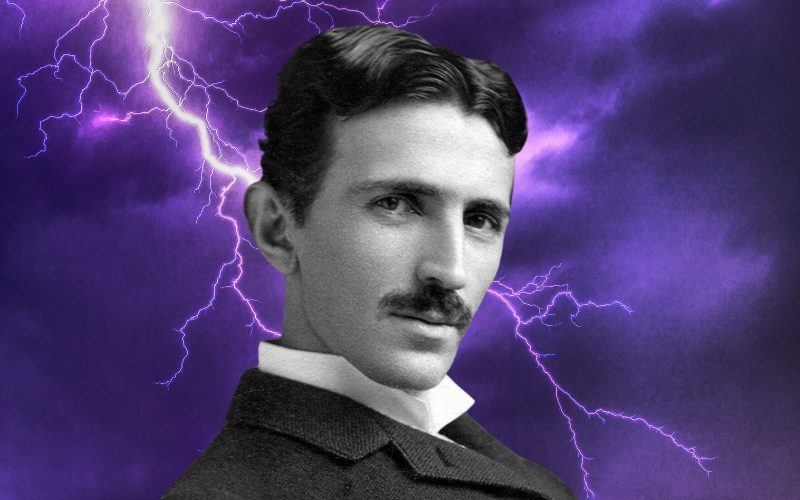
Nikola Tesla’s pioneering work in the realm of electricity and wireless communication left an indelible mark on the fabric of the modern world. His groundbreaking innovations, particularly in the field of alternating current (AC) power systems and wireless transmission, ignited a transformative wave that continues to shape our lives.
Tesla’s development and promotion of AC power systems revolutionized the way electricity is generated, transmitted, and utilized. His inventions and theories, including the induction motor and the Tesla coil, provided the technological bedrock for efficient and widespread power distribution. The adoption of AC power systems facilitated the transmission of electricity over longer distances, making it feasible to electrify cities and power industries on a scale previously unimaginable.
However, Tesla’s contributions extend even further through his pioneering work on wireless transmission of energy and information. His experiments with wireless communication and transmission laid the groundwork for technologies we rely on today, such as radio, remote control, and Wi-Fi. Tesla envisioned a world where energy could be transmitted wirelessly, eliminating the need for cumbersome power lines and cables.
While many of his visionary ideas were not fully realized during his lifetime, Tesla’s concepts have found resonance in the evolution of modern technologies. The global interconnectedness made possible by wireless communication owes a debt to his innovative insights.
Play Trivia!
Challenge yourself and play trivia questions with answers and explanations.
7. Leonardo da Vinci
(1452-1519)
Art, Science and Invention
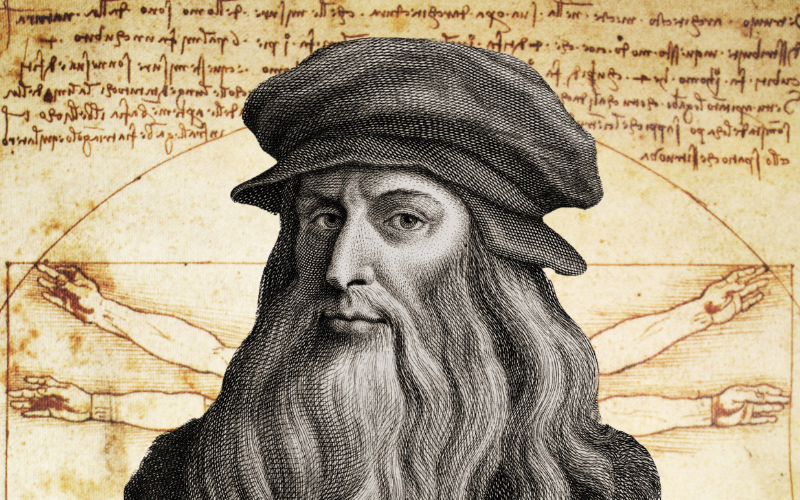
Leonardo da Vinci, a true polymath of the Renaissance, left an indelible mark on the worlds of art, science, and invention. His brilliance transcended the boundaries of disciplines, allowing him to explore the intricate intersections between creativity and knowledge.
At the heart of Leonardo’s legacy lies his vast collection of notebooks, where he meticulously documented a treasure trove of ideas that spanned a breathtaking spectrum of subjects. From artistic explorations to scientific inquiries and mechanical innovations, his notebooks are a testament to a mind unburdened by the limitations of specialization.
Leonardo’s visionary sketches and musings ventured into realms that were far ahead of his time. His sketches of flying machines envisioned the concept of helicopters, while his underwater studies presaged the idea of submarines. His keen anatomical observations laid the foundation for our modern understanding of the human body’s intricacies, providing a glimpse into the inner workings of the human form.
Through his art, he dissected not only bodies but also the natural world, creating masterpieces that captured the essence of life and movement. The Mona Lisa’s enigmatic smile and The Last Supper’s emotional depth are just a glimpse into his artistic prowess.
8. Aristotle
(384-322 BCE)
Philosophy, Science and Ethics
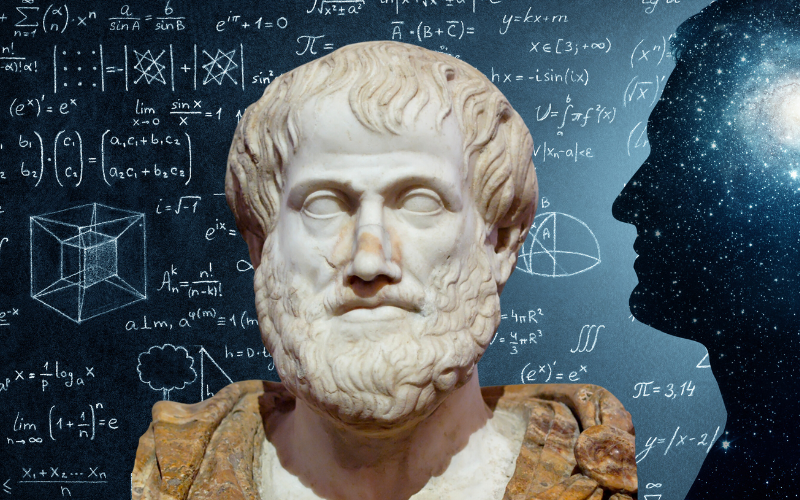
Aristotle, a towering figure in the annals of human thought, forged a legacy that resonates across the vast realms of philosophy, science, and ethics. His insatiable curiosity and analytical prowess led him to delve into a multitude of disciplines, leaving an indelible mark on Western intellectual tradition.
Aristotle’s voluminous body of work traversed the intricate tapestries of knowledge, from the exploration of the natural world to the contemplation of human morality. His inquiries into biology and physics laid foundational principles that would later underpin scientific endeavors, fostering a systematic approach to understanding the universe.
His enduring contributions extended to the intricate landscape of human society and governance. His treatises on politics dissected the structures of governance, the roles of citizens, and the nature of justice, providing a philosophical framework that resonated across the ages.
Aristotle’s ethical teachings, expounded in his seminal work “Nicomachean Ethics,” explored the nuances of virtue, morality, and the pursuit of a meaningful life. His insights into the interplay between reason and character have left an enduring impact on ethical philosophy, shaping the way we contemplate our actions and decisions.
9. Carl Linnaeus
(1707-1778)
The Binomial Nomenclature System
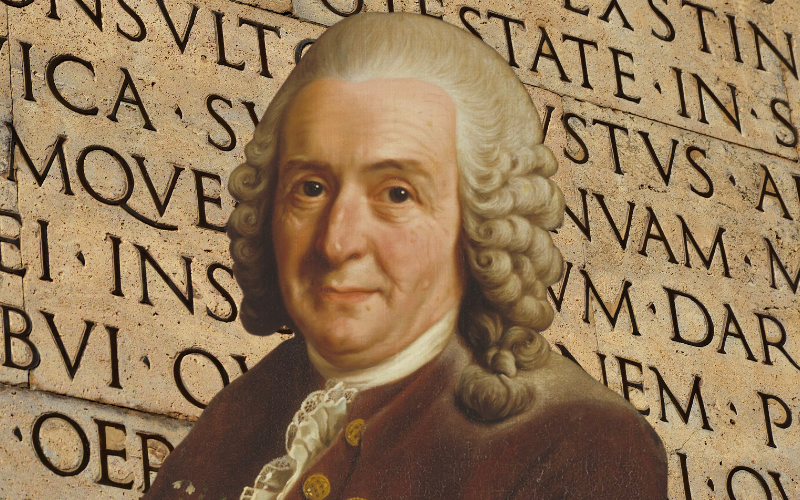
Carl Linnaeus, a visionary naturalist and taxonomist, bestowed upon the scientific world a revolutionary gift: the binomial nomenclature system. This elegant system, which assigns each species a two-part Latin name, transformed the unruly wilderness of biological diversity into a meticulously organized realm.
Linnaeus’s genius lay in his ability to distill the sprawling complexity of life into a structured framework. By assigning a unique combination of genus and species names to each organism, he not only provided a common language for scientists but also unveiled a hidden unity within the natural world.
This innovative system not only streamlined communication but also laid the foundation for modern biological classification. Linnaeus’s work reverberated through the centuries, serving as the cornerstone upon which evolutionary biology and ecology would be built. His legacy endures in the meticulous cataloging of species, enabling us to navigate the intricacies of life’s tapestry with clarity and coherence.
10. Rosalind Franklin
(1920-1958)
Unveiled the DNA Molecule’s Double Helical Arrangement
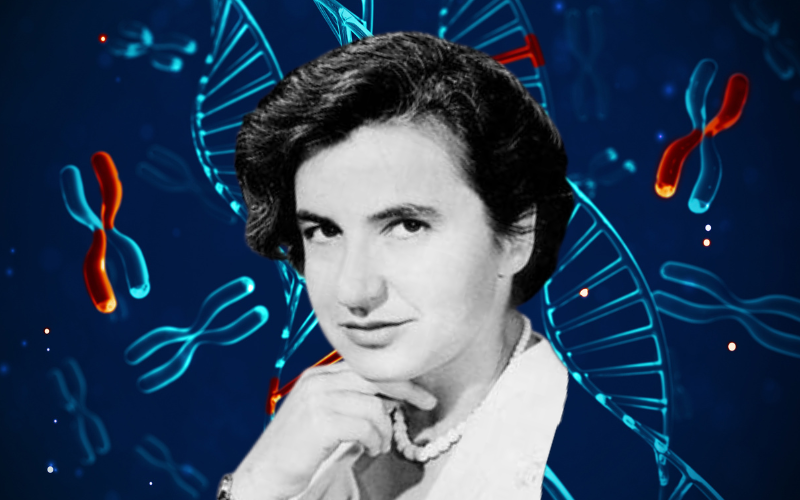
Rosalind Franklin, a trailblazing chemist and X-ray crystallographer, left an indelible mark on our comprehension of the fundamental building blocks of life. Her meticulous investigations into the molecular realm of DNA unraveled secrets that would shape the trajectory of genetics.
Franklin’s mastery of X-ray crystallography unveiled the intricate three-dimensional structure of molecules. Her iconic image, “Photograph 51,” offered a pivotal glimpse into the DNA molecule’s double helical arrangement. This visual proof not only bolstered the hypothesis of a helical DNA structure but also provided crucial insights into its dimensions and the spacing between its constituent parts.
While often overshadowed, Franklin’s work was instrumental in guiding fellow scientists, including James Watson and Francis Crick, toward their groundbreaking elucidation of the DNA double helix. Her unwavering dedication to scientific rigor and meticulous data collection underpin the foundational discoveries of modern genetics, revealing the elegance of nature’s design on the molecular scale.
Conclusion
These 10 scientists represent a fraction of the brilliant minds that have shaped our understanding of the world. Their discoveries and contributions have left an indelible mark on science and continue to inspire generations of researchers, thinkers, and innovators. As we celebrate their legacies, we are reminded of the enduring power of human curiosity and the quest for knowledge.
Read More Fun Facts
Learn more fun facts with Trivia Mastermind content.
Play Trivia!
Challenge yourself and play trivia questions with answers and explanations.
Recent Posts
Science Trivia - Astronomy ...
Step into a realm of nostalgia as we embark on a journey through the annals of pop culture and bid farewell to 35 recently obsolete technologies. In the ever-evolving landscape of innovation, certain...


